- The 2026 RAV4 PHEV features the sixth generation of Toyota’s plug-in-hybrid powertrain system.
- For 2026, the RAV4 Plug-in’s all-electric range increases from an EPA estimate of 42 miles to 50 miles, once again beating the Tucson PHEV’s 32-mile range.
- Which of these compact plug-in crossovers is right for you?
2026 Toyota RAV4 vs. 2025 Hyundai Tucson: Plug-in Hybrids Compared
Big updates to the 2026 RAV4 PHEV make it more competitive with Hyundai’s plug-in compact crossover
Toyota has announced big changes to its best-selling RAV4 crossover for 2026, including an all-hybrid lineup and improvements to the plug-in version. To see how the newest RAV4 PHEV stacks up against one of its main rivals, the Hyundai Tucson Plug-in Hybrid, we’ve gathered and compared their important details and specs.
You’ll notice that there is some information missing from the Toyota side of the tables below. The automaker hasn’t yet shared fuel economy estimates, interior dimensions, cargo capacity or pricing. We mention the 2025 RAV4 PHEV’s specs for comparison where appropriate.
Engines and fuel economy
The plug-in versions of both the RAV4 and the Tucson come standard with all-wheel drive. The 2026 Toyota is powered by an updated version of the automaker’s PHEV system that Toyota says will produce up to 320 horsepower, although it doesn’t say what would cause the system to make less. The Tucson PHEV uses a smaller engine with the aid of a turbocharger, producing 268 horsepower. The Toyota uses an electronic continuously variable automatic transmission (CVT), whereas the Hyundai has an electrified conventional six-speed automatic to handle shifting duties; the latter has the familiar feeling of shifting between gears, while the former can move from one ratio to another without interrupting power.
While we don’t have fuel economy ratings for the new RAV4 PHEV, Toyota has shared that its all-electric range expands from 42 miles to 50 miles on a charge, in part thanks to a larger battery. The 2025 Tucson Plug-in manages just 32 miles per charge.
The 2025 Tucson Plug-in Hybrid scores 35 mpg in the city, highway and combined metrics. For reference, the 2025 RAV4 PHEV beats those numbers, with 38 mpg combined (40 city/36 highway). Expect the 2026 version to meet or do better than the 2025’s ratings.
2026 Toyota RAV4 Plug-In Hybrid vs. 2026 Hyundui Tucson Plug-In Hybrid
Toyota RAV4 Plug-in Hybrid | Hyundai Tucson Plug-in Hybrid | |
|---|---|---|
| Engine | 2.5-liter inline four-cylinder, two electric motors | turbocharged 1.6-liter inline four-cylinder, electric motor |
| Horsepower | 320 hp | 268 hp |
| Torque | N/A | 271 lb-ft |
| Transmission | continuously variable automatic transmission (CVT) | six-speed automatic |
| Drive type | all-wheel drive | all-wheel drive |
| Fuel economy | N/A | 35 combined mpg (35 city/35 hwy) |
Interior
The RAV4 Plug-in will once again seat five for 2026, the same passenger count as for the Tucson PHEV. Toyota hasn’t shared passenger-space measurements, so we only have the outgoing 2025 model to compare with the Tucson. In terms of headroom, the 2025 RAV4 is behind the Tucson’s front-row measurement (37.7 inches vs. 40.1 inches), while the two are tied when it comes to rear-seat height. Legroom is close in the front rows, but the Tucson has a clear advantage in the rear (39.5 inches compared to 37.8 inches for the current RAV4).
Likewise, Toyota hasn’t shared the 2026 RAV4’s cargo capacity figures. The Hyundai does a little better compared to the 2025 Toyota with the seats folded (66.3 cubic feet versus 63.2 cubes in the current RAV4), while the 2025 RAV4 wins in seats-up space (33.5 cubes to the Tucson’s 31.9 cubes). Expect similar measurements for the new RAV4, but we’ll have to wait for Toyota to announce the 2026 model’s figures to confirm.
Technology and safety equipment
The 2026 RAV4 gets larger screens than before, with a 10.5-inch center touchscreen coming standard and a 12.9-inch display available. Hyundai, meanwhile, includes a 12.3-inch screen on all Tucson models. Both automakers include wireless Apple CarPlay and Android Auto connectivity on every trim of their plug-in compact crossovers.
Toyota is launching version 4.0 of its Toyota Safety Sense (TSS) driver assistance suite on the 2026 RAV4. It hasn’t detailed capabilities yet, saying only that it will include new hardware and improved detection capabilities. We can assume that the new TSS will include everything that’s bundled in version 2.5, which is standard on the 2025 RAV4. That suite’s capabilities include a pre-collision system with pedestrian detection, adaptive cruise control, lane departure alert with steering assistance, automatic high-beams and road-sign assistance.
The 2025 Tucson Plug-in comes with its own long list of safety features, including adaptive cruise control; forward collision-avoidance assist with pedestrian, cyclist, and junction turning detection; blind-spot monitoring; rear cross-traffic collision-avoidance assist; driver-attention monitoring; lane keeping assistance; lane following assistance; intelligent speed-limit assist; safe-exit warning; and rear occupant alert.
Trims and pricing
Hyundai offers the 2025 Tucson Plug-in Hybrid in two trims: SEL and Limited. The least expensive has an MSRP of $41,180 including a $1,450 destination charge. Toyota will sell the 2026 RAV4 PHEV in SE, XSE, an off-road-biased Woodland, and a new GR Sport trim. We anticipate starting prices will come in close to the 2025 RAV4 PHEV SE’s $45,660, which includes a $1,395 destination charge. Given the RAV4’s extra power and longer electric range compared to the Tucson PHEV, the price difference may be worthwhile for some. Still, you’ll want to wait for Toyota to share full details on the 2026 model before making any purchase decisions.
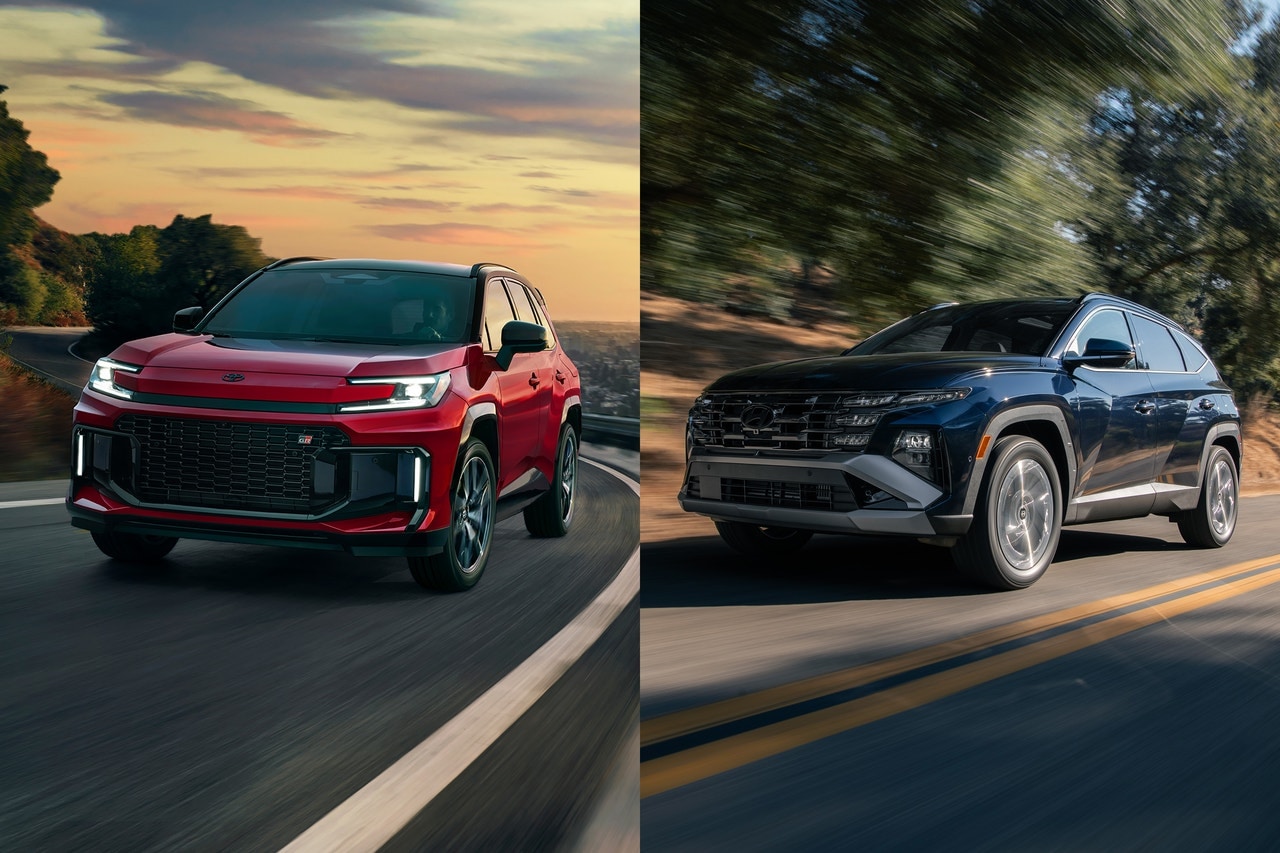

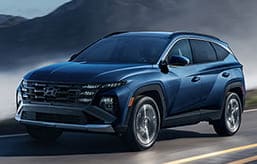
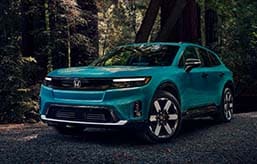

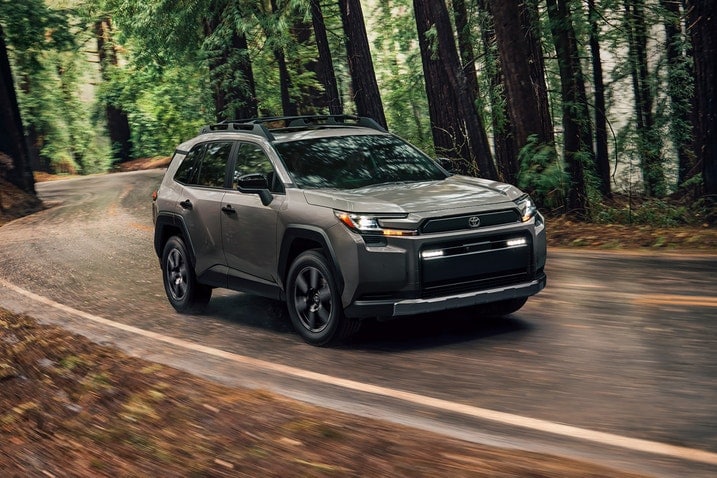
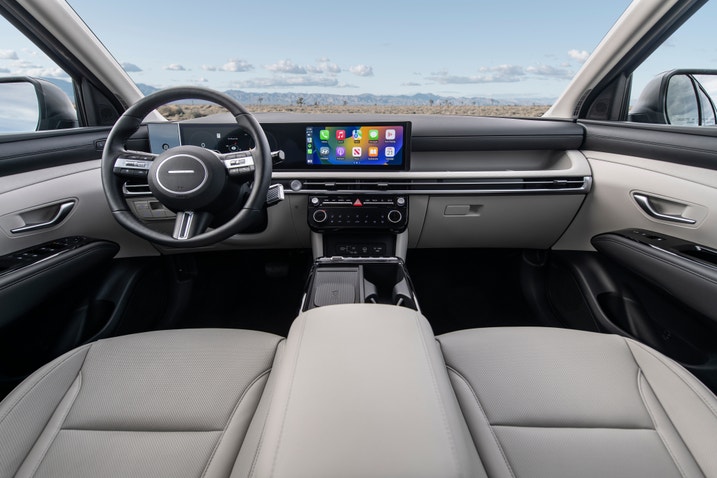

 by
by  edited by
edited by